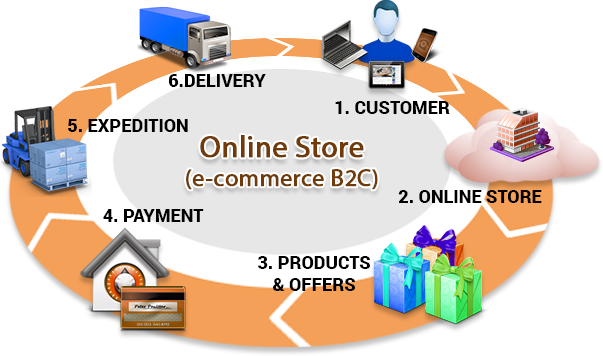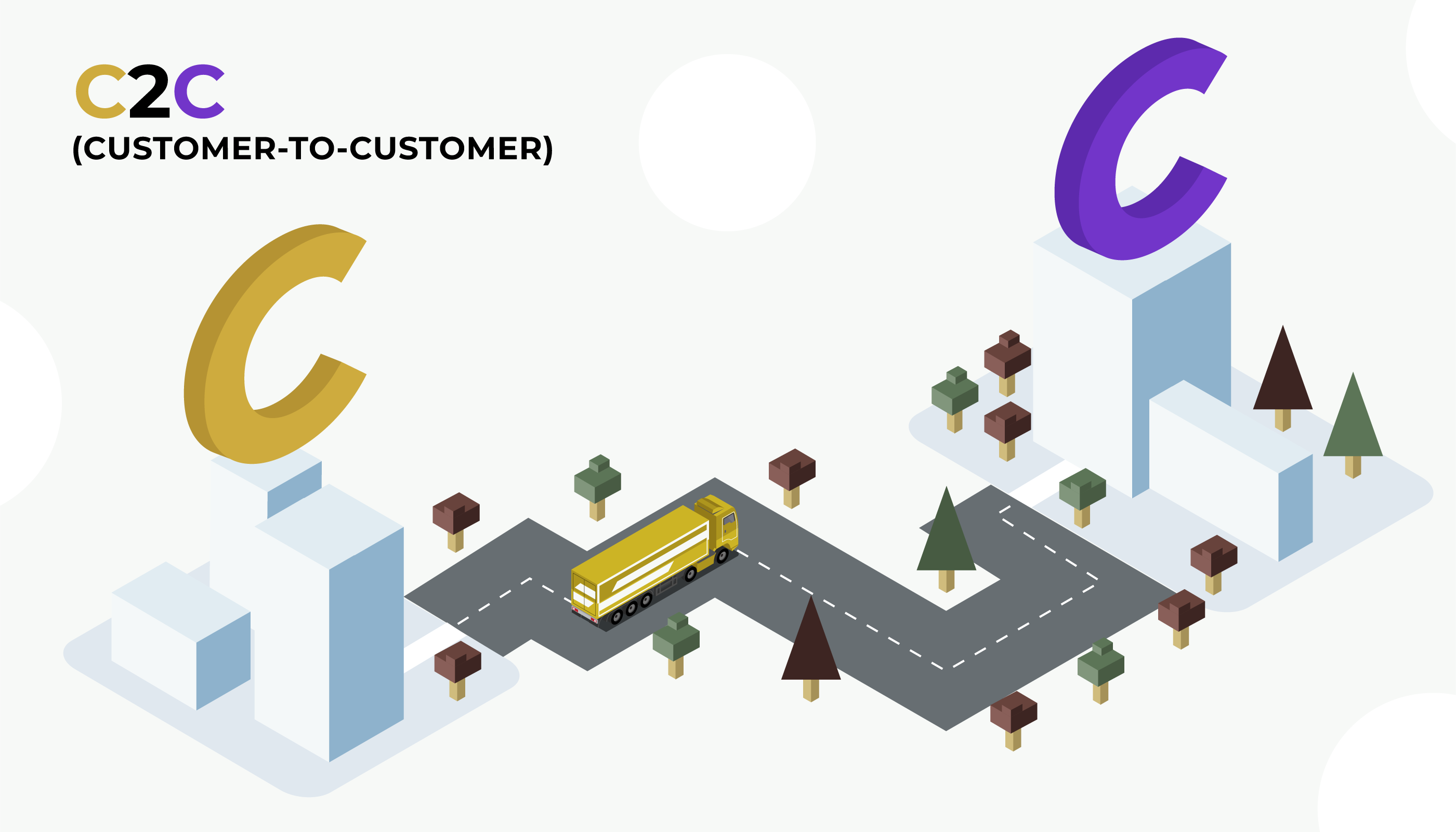What does Consumer-to-Business (C2B) mean?
Consumer-to-business (C2B) is a business model where an end user or consumer makes a product or service that an organization uses to complete a business process or gain competitive advantage. The C2B methodology completely transposes the traditional business-to-consumer (B2C) model, where a business produces services and products for consumer consumption.
C2B flips that entire concept on its head. C2B is when consumers have products or services of value that can be consumed by businesses. The ''C'' represents the consumer, while the ''B'' represents business. In this model, it's not consumers investing money in something, but the organization.






